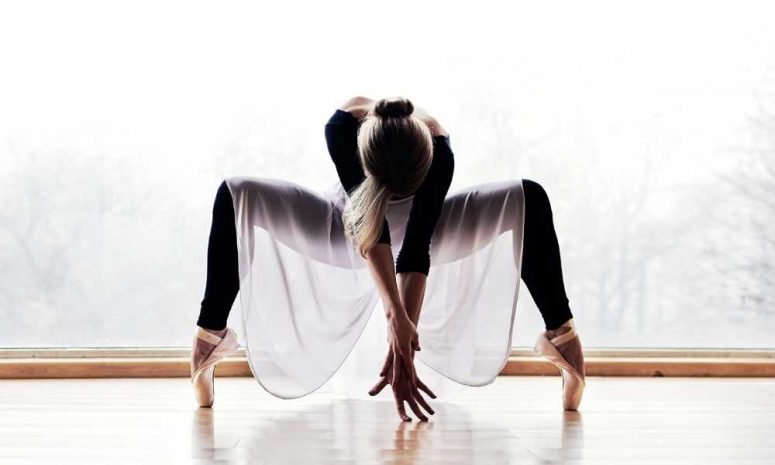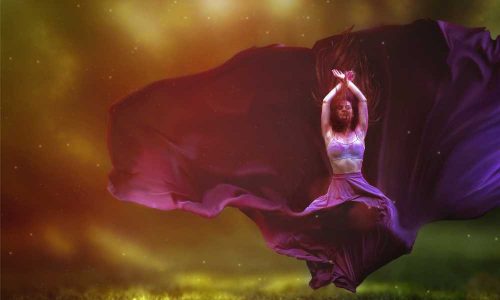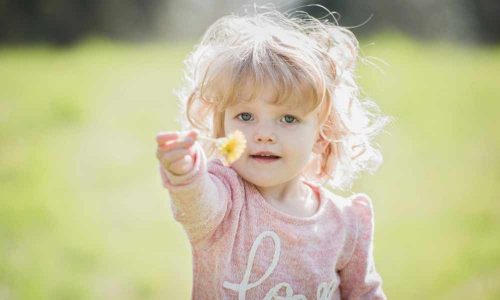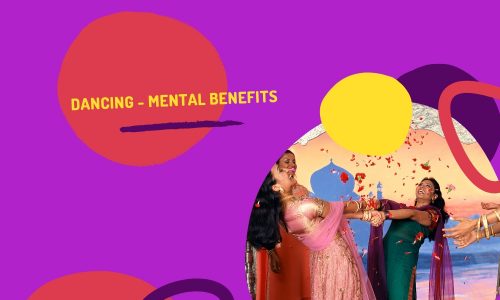
What benefits does dancing have for the brain?
All kinds of dancing are doing something positive for our bodies. Dancing also offers positive effects on the brain that it is now being used as a treatment for Parkinson’s disease, a progressive neurological movement disorder. Many studies indicate that the primary motor symptoms of Parkinson’s disease include bradykinesia (slowed movement), stiffness of the limbs and trunk, tremors, and impaired balance and coordination. Dance help alleviates to alleviate these symptoms apart from improving the brain functions.
Note: If you are looking to know more about Indian Classical Dance Classes, please visit IndianNatya.com
Dancing has many positive effects on the brain including its ability to stimulate nerve growth factors that are proteins important for maintaining sensory neuron health. In a study published in the Journal of Neuroscience & Biobehavioral Reviews, scientists discovered that dancing can boost the connectivity between both cerebral hemispheres of the brain, and long-term dance practice positively impacts brain activity. All these effects of dance on the brain are linked to neuroplasticity which is its ability to form new neural connections to change and adapt. The combination of exercise and sensory enrichment during a dance can improve neuroplasticity.
There are many studies done all over that world that find many reasons for you to dance to be good for your brain. In a 2008 article of a Scientific American magazine from a Columbia University, neuroscientist pointed ou that music and movement— dance, essentially—constitutes a “pleasure double play.” The article explains that music stimulates the brain’s reward centers and dance activates its sensory and motor circuits.
PET imaging technology has located the regions of the brain that is getting involved while learning dance and doing dance performance. These regions are the motor cortex, somatosensory cortex, basal ganglia, and cerebellum. While the motor cortex is involved in the planning, control, and execution of voluntary movement, the somatosensory cortex, located in the mid-region of the brain, is responsible for motor control and eye-hand coordination. The basal ganglia help with other brain regions to smoothly coordinate movement. The cerebellum coordinates input from the brain and spinal cord and helps in the execution of complex motor actions.
Here is another reason to explain dance good for the brain. A research paper published in the New England Journal of Medicine in 2003 study by researchers at the Albert Einstein College of Medicine explains that dance can decidedly improve brain functions and health and reduce the risk of dementia in the elderly. The scientists studied the effects of 11 different types of physical activity such as cycling, golf, swimming, dancing, and tennis. They discovered that dance lowered participants’ risk of dementia as dancing involves both a mental effort and social interaction which helped reduce the risk of dementia.
Another research paper from North Dakota’s Minot State University published in 2012 discovered that Zumba improves mood and certain cognitive skills, such as visual recognition and decision-making. And many other studies have shown that dancing reduces stress, increases levels of the feel-good hormone serotonin. apart from its many impacts on the brain such as developing new neural connections, especially in regions involved in executive function, long-term memory, and spatial recognition.
Dance/Movement Therapy (DMT), also known as movement psychotherapy, is the psychotherapeutic use of body movements to maintain and improve the intellectual, motor, and emotional abilities of the body. DMT has also been found to have a positive effect on children’s cognitive development while creating a good environment for cognitive development.
10 reasons – dance is good for the brain and the whole body
Let us look at the following ten reasons to see dance is good for the brain.
1. Dance boosts the flexibility of the body and instills self-confidence.
2. Dance is a stimulating mental activity and improves brain functions
3. Dance breaks isolation and reduces depression.
4. Dance invokes imagery during graceful movements.
5. Dance coordinates eyes, ears, and touch senses to assist in movement and balance
6. Dance increases awareness of where all parts of the body are in space.
7. Dance tells stories.
8. Dance sparks creativity and opens a creative exit-door for boredom.
9. The basis of dance is rhythm and music.
10. The essence of dance is joy and pleasure.
Click here to learn Bharatanatyam classes online through Zoom or Skype.




